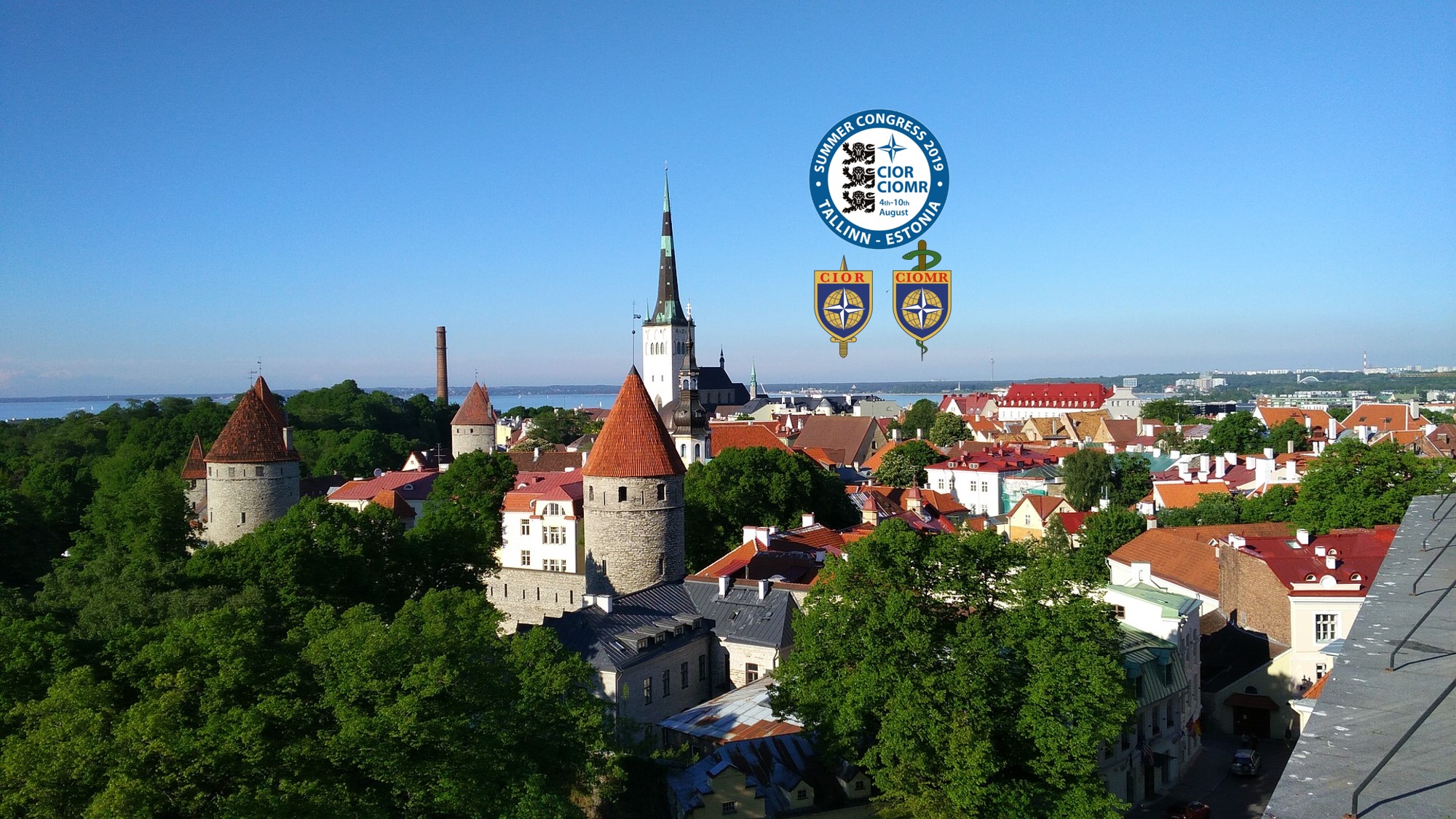It is a race with a reasonable degree of difficulty, which includes many different relevant map elements in the race. Topographic, military (old Soviet), aerial, contour, O-Map, sketches, short recall, compass directions, shadow contours, Lidar contours. The terrain is typically Estonian with a lot of pine forest and minor other forest types, many marshes, lakes and small hills through out the area.The competition terrain is almost completely covered by forest, with a number of clearings of varying age. Runnability is above average, however some areas with windfalls occur. The numerous moors and bogs are without dangerous or impassable areas, however they may make your feet wet.
Some bog ditches may be quite wide, deep and with muddy bottom. However, the competition route runs mainly on dry areas (forest growing on sand and gravel). The relief is interesting. Slopes generally rise 10 to 15 m from the bogs, the maximum single slope is 25 m. The terrain is crossed by ski, trekking and off-roader tracks and a few larger gravel roads.


CIOR/CIOMR Summer Congress 2019
4. – 10. August, 2019 – Tallinn, Estonia